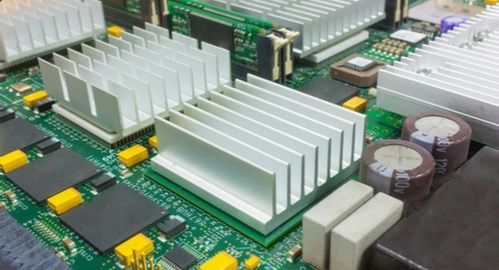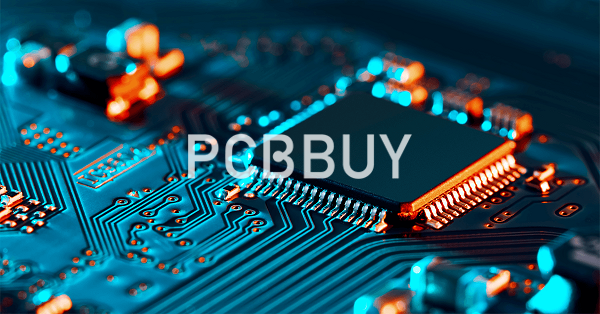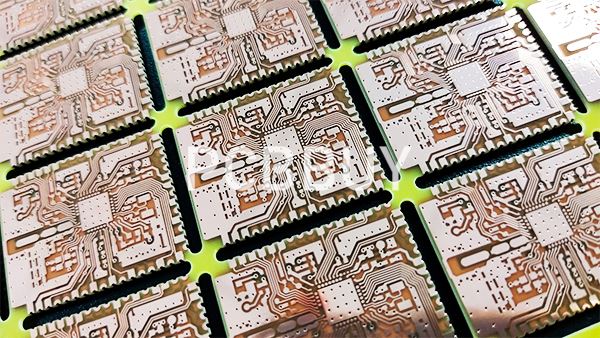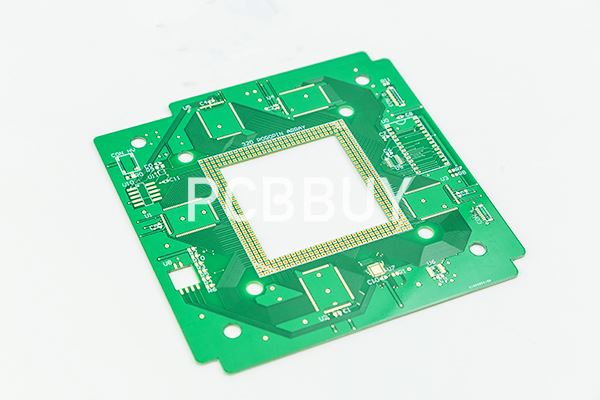PCB Heat Dissipation Calculation
By:PCBBUY 08/23/2021 09:32

PCB (Printed Circuit Board) heat dissipation calculation is a critical step in electronic product design, as excessive temperature rise can degrade component performance, shorten lifespan, or even cause immediate failure (e.g., IC burnout, solder joint cracking). Managing heat is also an important part of printed circuit board design and manufacturing. During manufacturing it is also important that the heat be managed in order to withstand the high temperatures applied during the soldering process.
In this passage, we will focus on the topic of it. If you are looking for more professional knowledge, please check and read for information of PCB heat. Let’s go!

What are the main technologies of PCB heat dissipation?
As electronics become more powerful while PCBs get smaller, heat dissipation techniques are more important than ever. Here are a few proven techniques:
1. Thermal Via Arrays
You can turn a PCB into an onboard heat sink by incorporating thermal via arrays over copper-filled areas, as shown above. The idea behind doing so is to have heat flowing from components to the copper area and dissipating through the air from the vias. Usually, thermal via arrays are used for power management modules and components with thermal pads.
When implementing thermal via arrays, remember that it needs to have a reasonably large diameter, in the region of 0.1 mm, for the heat to be dissipated effectively. Also, ensure the vias are not thermal-relief pads but padded holes that are connected to the copper area at all sides. Increasing the number of thermal vias further helps with heat dissipation.
2. Use Wider Traces
Copper traces that conduct high currents build up heat. Therefore, it is important to increase the width of the trace to maximize heat dissipation to the air. Doing so also reduces the thermal resistance of the trace and reduces heat spots.
3. Use Heatsinks and Cooling Fans
Passive heat dissipation techniques like thermal via arrays may not be enough if the PCB quote produces more heat than can be reasonably dissipated. In such circumstances, you’ll need to include heatsinks and fans in the design.
Heatsinks are attached to components that generate the most heat, usually voltage regulators, CPUs, MCUs, and power transistors. The heatsinks are either screwed onto the PCB or left exposed to the air. In an enclosed design, a cooling fan is installed to displace that hot air into the environment.

To handle the greater thermal problems of high speed and high power boards, here are some design techniques that can help:
· Large metal pads under hot parts to act as a “thermal” pad.
· Solid filled vias to conduct heat from thermal pads into ground planes.
· Heat sinks connected to thermal pads of hot parts.
· Using board materials with better thermal properties such as polyimides or metal core boards.
· Cooling fans as well as strategic component placement to put hot components into the circulating path of the fan.
Why to process PCB heat dissipation?
Electronic components are all built to operate within a finite temperature range. If the surrounding temperature exceeds the upper limit, the components can break down. Even if it doesn’t break, the excessive heat will negatively affect the component’s performance. For example, an MCU will consume more power at high temperature compared to room temperature.

When electronic components are exposed to excessive heat over a prolonged period, their lifespan shortens. Generally, an increase of 10°C will decrease the lifespan of electronics by half. If you’re negligent in your utilization of PCB heat dissipation techniques, you’ll soon face the issues related to premature component failures.
It shouldn’t come as a surprise that electronics that require more power to operate will generate more heat. Components like voltage regulators, microcontrollers, and power transistors are all known to heat up when the load current increases. These are just a few examples but there are many more.
Older mobile phones tend to heat up during anything more than short conversations. Remove the cooling fan from a laptop’s motherboard and you can soon fry an egg on the CPU. And, if those electronics are placed in an enclosure that heat can almost double.
Industry Category











